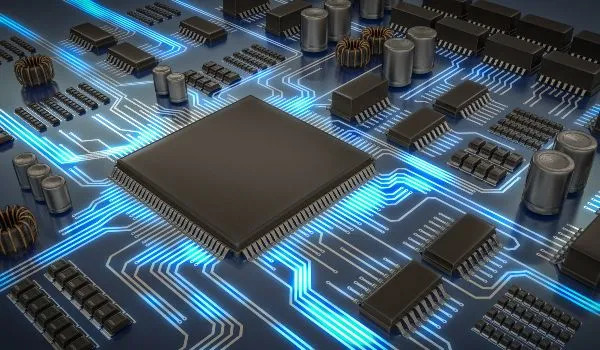Chip Design in Semiconductors
Chip design in semiconductors involves the creation of integrated circuits (ICs) that perform specific functions within electronic devices. These chips are the backbone of modern technology, powering everything from smartphones and computers to IoT devices and automotive systems. The process of chip design is complex and involves several key stages:
Specification and Architecture Design:
This stage involves defining the functionality and features of the chip based on market requirements and technological feasibility. Engineers create a high-level architecture detailing how the chip will operate and what components it will include.
Logic Design:
In this stage, engineers design the digital logic circuits that perform the desired functions. This involves creating the logic gates, registers, and other digital components using hardware description languages (HDLs) like Verilog or VHDL.
Physical Design:
Once the logic design is complete, engineers move to physical design, where they layout the transistors, interconnections, and other components on the chip's silicon die. This involves floor planning, placement, routing, and optimization to ensure efficient use of space and resources.
Verification and Testing:
Verification is crucial to ensure that the chip behaves as expected and meets the required specifications. This involves simulations, formal verification, and testing at various stages of the design process. Testing is done to identify and fix any defects in the chip.
Manufacturing:
After the design is thoroughly verified, it is sent for manufacturing using semiconductor fabrication processes. This involves photolithography, etching, doping, and other techniques to create the final chip on a silicon wafer.
Packaging and Assembly:
Once the chips are manufactured, they are packaged and assembled into final products. This involves encapsulating the chip in a protective package and connecting it to external pins or leads.
Chip Design for an IoT Startup
Scenario:
Imagine an IoT startup called "SmartSense" that specializes in developing smart environmental monitoring devices for smart homes and offices. They need custom-designed chips to power their sensors and communication modules.
Requirements:
chips must be low-power, small in size, and capable of sensing environmental parameters such as temperature, humidity, and air quality. Additionally, they should support wireless communication protocols like Wi-Fi and Bluetooth Low Energy (BLE).Chip Design Process
Specification and Architecture Design:
SmartSense works closely with chip design engineers to define the functionality of the chip. They specify the required sensors, communication protocols, and power management features. The architecture is designed to integrate sensors, analog-to-digital converters (ADCs), processing units, and wireless communication modules.
Logic Design:
Engineers design the digital logic circuits using Verilog HDL. This includes designing the control logic, data processing units, and interfaces for sensor and wireless communication.
Physical Design:
The logic design is translated into physical layout considering factors such as power consumption, signal integrity, and thermal management. Floor planning and placement are optimized to minimize power consumption and reduce noise.
Verification and Testing:
Simulation tests are conducted to verify the functionality and performance of the chip. Formal verification tools are used to ensure the correctness of the design. The chip is also tested using real-world scenarios to validate its performance.
Manufacturing:
The chip design is sent for manufacturing using a semiconductor foundry. The chips are fabricated on silicon wafers using advanced lithography and etching techniques.
Packaging and Assembly:
Once manufactured, the chips are packaged into small, low-profile packages suitable for IoT devices. They are then integrated into SmartSense's environmental monitoring devices.


